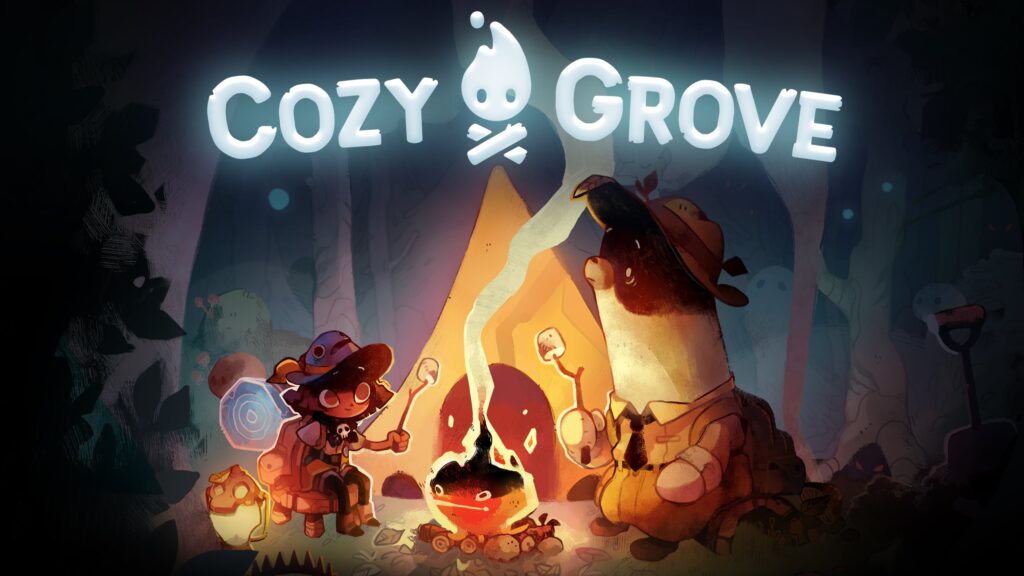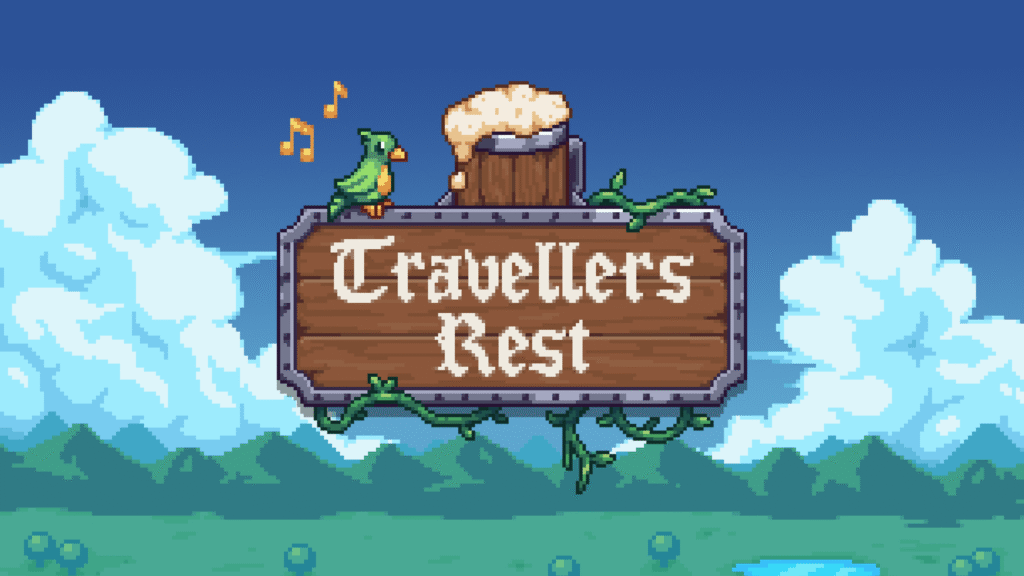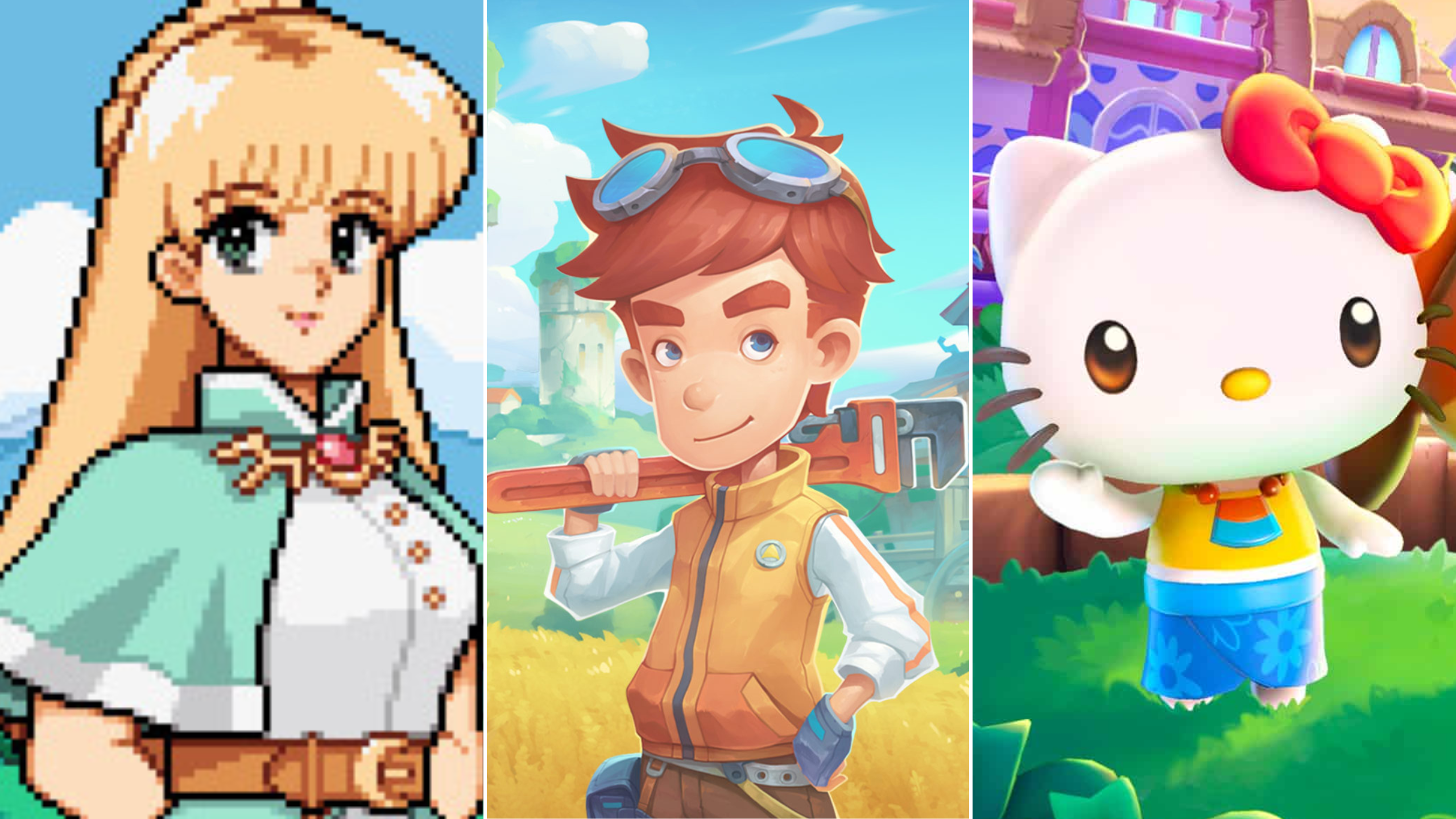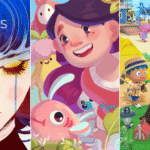The Best Spiritfarer Moments That Will Warm Your Heart
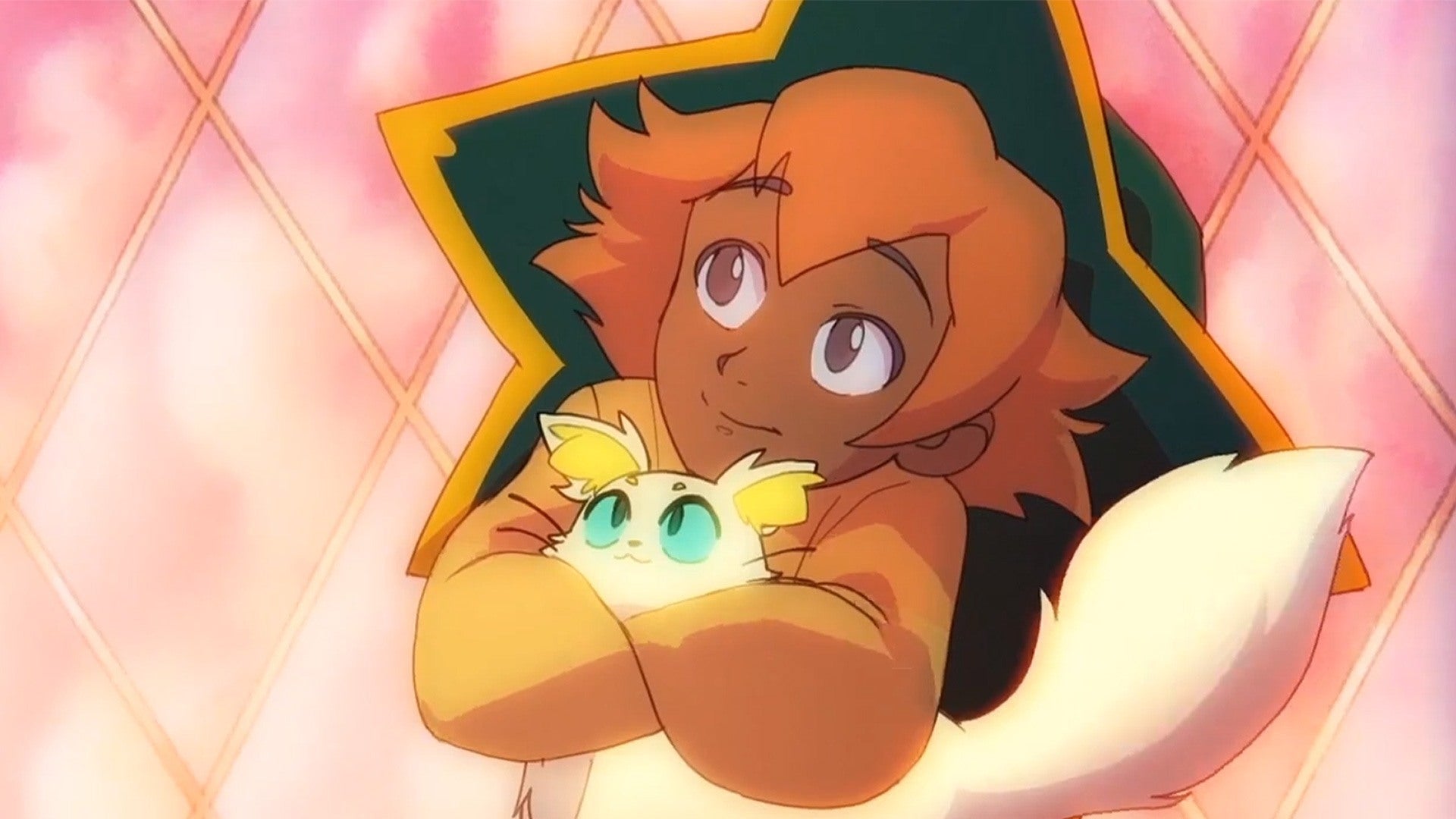
Imagine wrapping yourself in the softest blanket on a rainy autumn afternoon, a warm cup of tea in your hands, ready to experience one of gaming’s most beautiful journeys. That’s the feeling of settling into Spiritfarer, a game that somehow manages to be both heartbreaking and deeply comforting at the same time. It’s a cozy management game about death, yes, but more importantly, it’s about love, memory, and the gentle art of letting go.
Released by Thunder Lotus Games in 2020, Spiritfarer has touched millions of hearts and brought even the toughest gamers to tears. As Stella, you become a ferrymaster to the deceased, guiding spirits on their final journey to the afterlife. But this isn’t a sad game. It’s a celebration of life, relationships, and the beautiful moments we share with those we love. Let’s explore the moments that make Spiritfarer one of the most emotionally powerful and wholesome games ever created.
The Power of a Hug
Before we dive into the bigger moments, we need to talk about something Spiritfarer does better than almost any other game: hugging. Every spirit on your boat has their own unique hug animation, and these small interactions become some of the game’s most precious moments.
Gwen gives the best hugs. At first, she’s reluctant but then you can see her embrace it and lean in. You feel her walls coming down, her trust growing. Stanley, the mushroom boy, surprises you with pouncing hugs that squash you with pure childhood joy. Each character’s hug reflects their personality perfectly, turning a simple button press into a genuine expression of care.
These aren’t just cute animations. They’re moments of connection that anchor the entire experience. When you know a spirit is nearing their time to leave, those hugs take on new weight. You find yourself hugging them more often, not wanting to let go, knowing that soon you’ll have to. The developers understood something profound: sometimes the smallest gestures carry the deepest meaning.
Why Hugging Matters in Gaming
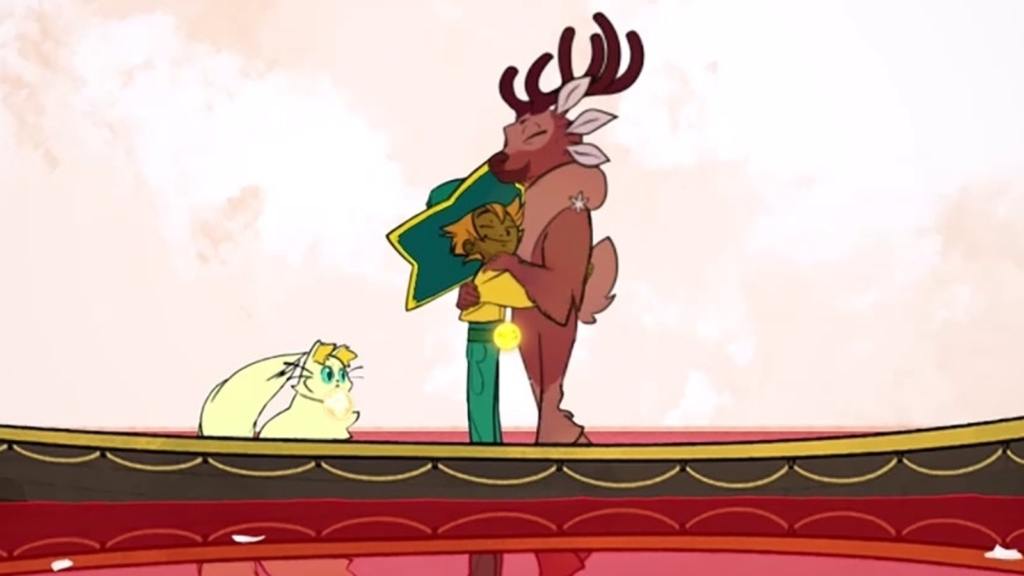
In a medium often focused on action and conflict, Spiritfarer makes tenderness its core mechanic. You can hug your passengers whenever you want, as many times as you need. There’s no cooldown, no achievement attached. It’s purely there because caring for others, physically showing affection, is important. This simple design choice transforms the entire game into something that feels less like playing and more like loving.
Gwen: The Goodbye That Sets the Tone
Your first passenger, Gwen, establishes what Spiritfarer is truly about. She’s not just any spirit. Gwen and Stella were childhood friends, and basically sisters. She guides you through your new role as Spiritfarer, teaching you the basics while sharing stories from your shared past.
What makes Gwen’s departure so powerful is the intimacy of your relationship. She shares her fears about her father, her regrets about things left unsaid, her worries about whether she lived a good enough life. Then comes the moment you must row her to the Everdoor, the mystical gate where spirits pass into the afterlife.
The journey to the Everdoor is silent except for the gentle splash of oars and the swell of the soundtrack. Gwen sits beside you, looking small and vulnerable. When you finally arrive, she thanks you for everything, tells you she loves you, and steps through. Just like that, your boat feels a little emptier. Your first real goodbye in a game full of them.
This moment teaches you that Spiritfarer isn’t about preventing death. It’s about honoring life, being present for those final moments, and finding the courage to say farewell even when it hurts.
Alice: When Memory Fades But Love Remains
If there’s one character that universally breaks players’ hearts, it’s Alice, the sweet hedgehog grandmother struggling with dementia. Alice gradually weakens both physically and mentally until she can no longer walk unassisted and doesn’t recognize Stella at all.
Watching Alice’s decline is quietly devastating. Some days she remembers you. Other days, you’re a stranger. Eventually, Stella has no option but to pretend to be Alice’s granddaughter Annie in order to persuade Alice to come with her to the Everdoor. You dress in Annie’s clothes, you play along with the confusion, because sometimes love means meeting people where they are, even in their confusion.
The most heartbreaking and beautiful moment comes at the very end. Alice realizes Stella isn’t her granddaughter in her last moments. This lucid moment is emotional and heartbreaking. However, Alice only thinks of her family on her journey to the Everdoor. Even renowned game critic Yahtzee Croshaw, known for his cynicism, admitted Alice’s story made him cry.
Why Alice’s Story Resonates
For anyone who’s watched a loved one struggle with memory loss, Alice’s storyline hits differently. The game captures both the frustration and the tenderness of caring for someone whose mind is slipping away. But it also shows that even when memory fades, love persists. Alice may not remember Stella, but she remembers love itself. That’s the warmth underneath the sadness.
Stanley: The Bravest Little Mushroom
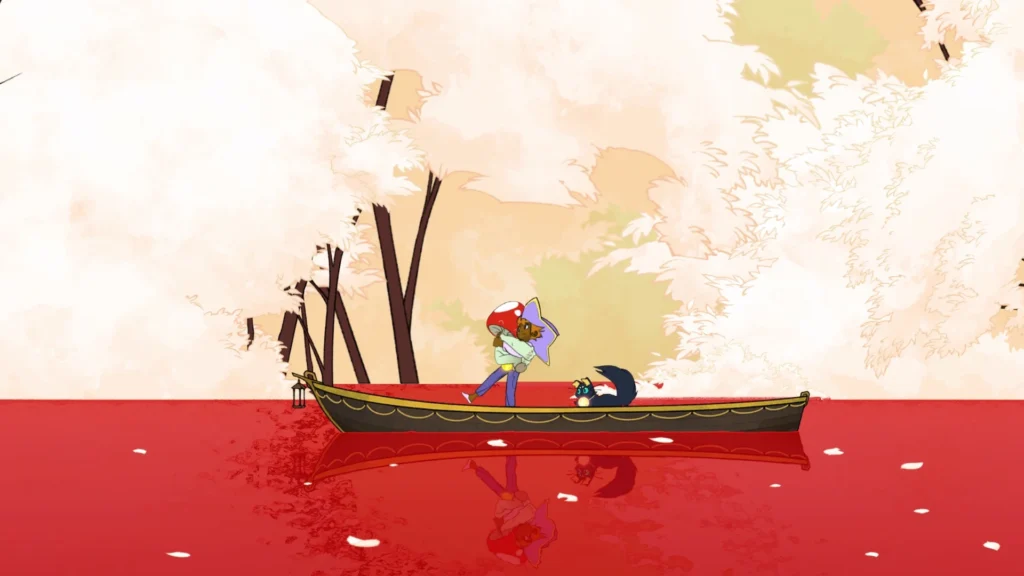
Perhaps no character in Spiritfarer embodies both joy and heartbreak quite like Stanley, the cheerful mushroom boy. Stanley’s story epitomizes what’s so great about Spiritfarer. It’s easy to forget how tragic the game is with its colorful, cozy aesthetic and lovable characters.
Stanley is pure childhood wonder. He’s playful, optimistic, and sees magic in everything. He loves playing games, telling stories, and making everyone around him smile. But gradually, you realize Stanley is a child who died young, likely from illness. Stanley says something to the effect of feeling sad for his dad because he “lost,” but his mother had told him that sometimes it’s okay to lose.
This line destroys players every time. The idea of this joyful child viewing his fatal illness as “losing a fight” in his parents’ eyes is almost unbearable. Yet Stanley approaches even his final journey with courage. On their journey to the Everdoor, Stanley confesses his fears of death. He wishes he could be a powerful superhero, so he could be fearless.
Stanley isn’t fearless. He’s terrified. But he goes anyway, holding your hand, trusting you to guide him safely. His bravery in the face of fear, his ability to find joy even in his final moments, teaches players something profound about living fully no matter how much time we have.
Atul: The Disappearance That Mirrors Reality
Not all goodbyes come with warning or closure, and Atul’s story captures this painful truth beautifully. Atul was Stella’s uncle in her mortal life. He makes repairs around the ship, and he’s almost always in a good mood. His laughter fills the boat. He requests meals that remind him of his children, tells stories about his family, and generally brings warmth wherever he goes.
Then one day, after hosting a beautiful dinner party for all the passengers, Atul disappears. Players are left with Atul’s flower, but there isn’t a goodbye at the Everdoor. He’s just gone. No farewell scene, no final hug, no chance to say what you needed to say.
This moment reflects how death often happens in real life. Sometimes there’s no warning. Sometimes people slip away when you’re not looking, and you’re left with nothing but memories and the aching wish for one more conversation. Other passengers react to Atul’s disappearance, missing him, wishing they could have said goodbye. The game doesn’t shy away from the messy, incomplete nature of some losses.
The Beauty in Unfinished Goodbyes
What makes Atul’s departure strangely comforting is how it honors a real experience many players have had. Not every goodbye is perfect. Not every relationship gets closure. The game suggests that’s okay. The love was still real, the moments still mattered, even if the ending wasn’t what we hoped for.
Giovanni: Finding Redemption at the End
Giovanni the lion is perhaps Spiritfarer’s most complicated character. A boastful man who celebrates his own bad puns, Giovanni went through his life charming anyone and everyone, breaking his wife Astrid’s heart in the process. He’s charismatic, fun-loving, and deeply flawed. Throughout his time on the boat, players struggle with their feelings about him. He’s likable but his constant infidelity hurts Astrid, another passenger who clearly still loves him.
But then comes Giovanni’s Everdoor scene, and everything shifts. Giovanni admits that he was a flawed person, but he loves Stella, and that love will continue even after he’s gone. He says, “I regret nothing. Nothing but leaving Astrid. Nothing but leaving you, Stella. I wish I could’ve seen you grow up even more, but here we are.”
In his final moments, Giovanni strips away the bravado and reveals genuine love and regret. He doesn’t try to justify his mistakes or pretend he was better than he was. He simply acknowledges the truth: he was imperfect, he caused pain, and he wishes he’d done better. It’s a moment of raw humanity that reminds us people are complex, capable of both hurting others and loving them deeply.
The Quiet Wisdom of Gustav
Gustav the owl might not make you sob like Stanley or Alice, but his Everdoor scene offers something equally powerful: philosophical comfort. Gustav is an Existentialist who believes that life has no inherent meaning, something that makes lots of people uncomfortable. However, Gustav also believes that we can create purpose and meaning for ourselves through art and creation.
In a game about death, Gustav provides a counterpoint to despair. He suggests that meaning isn’t something we find. It’s something we make. Every painting he created, every moment of beauty he brought into the world, every connection he formed, those were his meaning. He constructed purpose from nothing, and that’s what made his life valuable.
For players grappling with the game’s heavier themes, Gustav offers permission to create your own meaning, to decide what matters, to make something beautiful even when the world feels meaningless. It’s a gift of perspective wrapped in a gentle conversation with an elderly owl.
Bruce and Mickey: A Love That Transcends Death
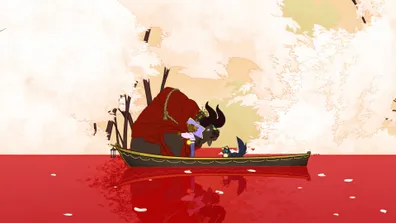
The brothers Bruce and Mickey present one of Spiritfarer’s most tragic and tender relationships. Bruce, the talkative hummingbird, constantly cares for Mickey, his silent bull brother. Bruce even carries his brother flying around the boat. Their devotion to each other is absolute.
The heartbreak comes when you realize Mickey has been unconscious this whole time. Bruce has been talking to him, caring for him, refusing to let go even though his brother is already gone in every meaningful sense. When they finally approach the Everdoor together, Bruce admits he can’t live without his sibling.
The game implies something devastating and beautiful: Bruce takes his own life after he finally allows his brother to rest in peace. It’s never stated explicitly, but the suggestion is there. In the end, their bond is so deep that Bruce chooses to follow Mickey rather than exist without him.
This storyline handles a difficult subject with incredible sensitivity, showing both the beautiful intensity of that kind of love and the painful reality that some people can’t imagine life without their other half.
The Ritual of Cooking and Caring
Beyond the major storylines, Spiritfarer fills itself with small, heartwarming moments that define the experience. One of the most beautiful is the simple act of cooking meals for your passengers. Each spirit has favorite foods, dishes that remind them of home, of family, of happier times.
Making someone their favorite meal becomes an act of love. You gather ingredients, carefully prepare the dish, and watch their face light up when you serve it. These aren’t just game mechanics. They’re expressions of care, ways of saying “I see you, I know what you love, and I want to bring you joy.”
Some spirits request elaborate meals, testing your resource-gathering skills. Others just want something simple and comforting. Either way, what’s interesting is feeling your saddest moments of emotion about a loss most powerfully when you’re later doing a task that spirit taught you, which feels pretty accurate to real life. Long after a passenger leaves, you’ll find yourself cooking their favorite dish, using the oven they helped you build, and feeling their presence in the absence.
The Comfort of Routine
There’s something deeply soothing about the daily rituals Spiritfarer creates. Watering the garden, feeding passengers, fishing off the boat’s edge, these small tasks become meditative. They’re a reminder that life continues, that small acts of care matter, that beauty exists in the everyday.
Lily’s Final Words: You’re Never Alone
Throughout Spiritfarer, players gradually piece together the truth: Stella isn’t just guiding spirits. She herself is dying, experiencing her own final journey through memories of the people she loved and lost during her life as a palliative care nurse.
The revelation comes in whispers and fragments, but the most powerful moment arrives near the end. Lily is Stella’s little sister. She is with Stella at the hospital. Her voice travels through the spirit world. Players realize they’ve been hearing Lily talk to Stella in the real world, sitting beside her hospital bed as Stella experiences her final moments.
Lily’s voice breaks through the spirit world with simple, profound words: “You’ve never been alone. You will never be alone.” It’s a message of comfort that extends beyond the game, a reminder that the love we share with others doesn’t end when life does. We carry each other forward. We live on in memories, in lessons learned, in the ways we changed each other’s lives.
Why Spiritfarer’s Warmth Endures
You might wonder how a game about death and grief can be described as heartwarming. The answer lies in how Spiritfarer approaches its subject. It has its emotional moments, but overall the game has a very heartwarming vibe. It obviously has a lot of sad moments, but on the whole, it’s more bittersweet than depressing.
The game never wallows in darkness. Instead, it finds light in every story, warmth in every relationship, meaning in every farewell. It’s a cozy way of teaching people how to let go, showing that death isn’t just an ending but a natural part of life’s cycle. More than that, it’s a celebration of what came before, the relationships forged, the joy shared, the love that persists even after goodbye.
What makes Spiritfarer’s moments so powerful:
- Genuine character development that makes you care deeply about each spirit
- Hand-drawn art that’s breathtakingly beautiful and emotionally expressive
- A soundtrack that enhances every emotional beat without manipulating
- Gameplay that lets you move at your own pace, saying goodbye when you’re ready
- Writing that respects both sadness and joy, never choosing one over the other
- Universal themes of love, loss, memory, and meaning that resonate with everyone
- The permission to grieve while also celebrating, to feel sad while still finding comfort
A Game That Heals While It Hurts
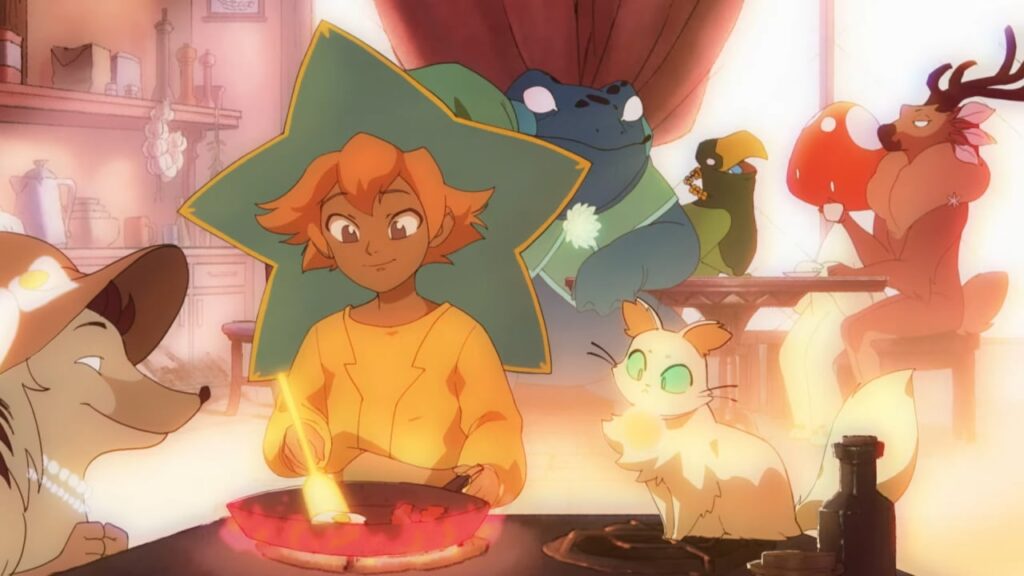
Perhaps Spiritfarer’s greatest achievement is how it helps players process their own experiences with loss. Players get emotional having to let go of characters that remind them of loved ones, not having had the chance to say goodbye before they passed in this world. The game becomes a space for delayed goodbyes, for working through complicated feelings, for practicing the difficult art of letting go.
As someone who lives with depression, it has never made the condition worse. Instead, playing it feels healthy. This is gaming as therapy, a safe container for processing emotions that are often too big, too complicated, too painful to face directly. By experiencing loss through Stella’s journey, players find permission to feel their own grief, to cry their own tears, to begin their own healing.
The game suggests something radical and comforting: that it’s okay to be sad, okay to miss people, okay to carry that grief forward while also continuing to live. You don’t have to “get over” loss. You learn to carry it differently, to integrate it into who you are, to let it coexist with joy and hope and new connections.
The Lasting Warmth of Connection
Long after the credits roll, Spiritfarer stays with you. You remember Stanley’s brave little face, Alice’s moment of clarity, Gwen’s reluctant hugs growing warmer over time, Atul’s sudden absence. These aren’t just game moments. They’re emotional experiences that change how you think about life, death, and everything in between.
The game’s greatest gift is its reminder that we’re all Spiritfarers in a way. We guide each other through difficult passages. We offer comfort when someone is scared. We prepare favorite meals and give warm hugs and make space for grief while also celebrating the time we had together. We learn that love doesn’t end at death. It transforms, continuing in new ways, warming us from the inside out.
In a world that often feels harsh and disconnected, Spiritfarer offers something precious: permission to be tender, to care deeply, to feel fully, and to find beauty even in goodbye. That’s why its moments stay warm in our hearts long after we’ve rowed our last spirit to the Everdoor.
Last Post: 10 Cozy Games Like Animal Crossing to Unwind After a Long Day
What cozy game are you playing this week? Tell us in the comments or join the cozy conversation at Shockix.


